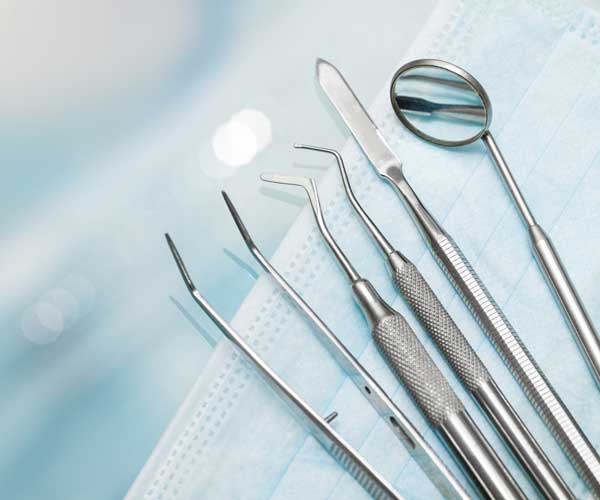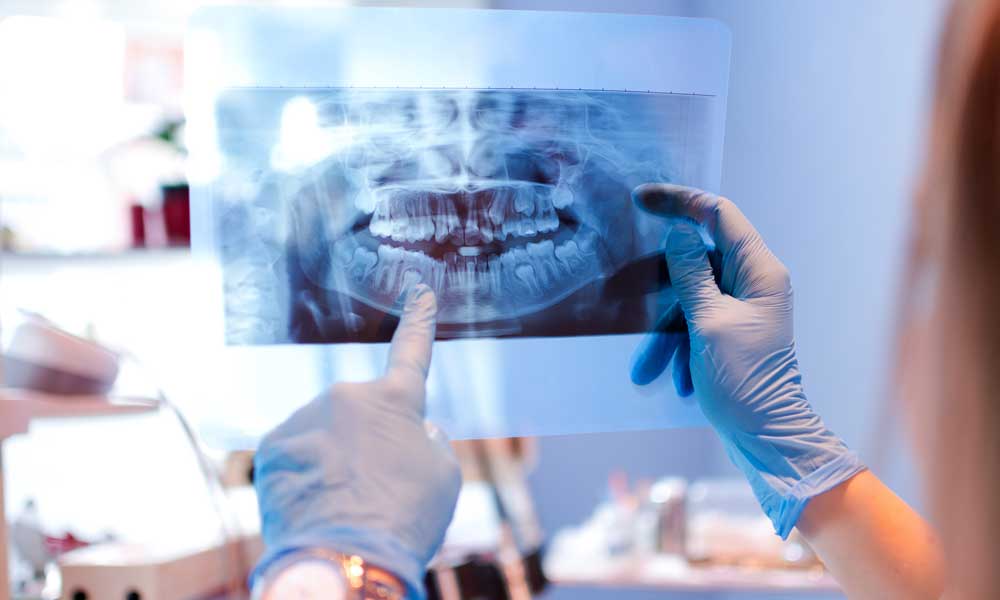Some people avoid going to the dentist for regular checkups and other dental work because of the high cost. However, there are ways to make dental care more affordable. Here are nine options for affordable dental care that will enable you to get the dental care you need without having to worry about how to pay for it.
- Dental Discount Cards
Dental discount cards also called dental savings plans, give you a discount of 15 to 50 percent on dental procedures in exchange for a monthly fee. You get cleanings and exams if you use one of the dentists in your plan’s network. Membership costs vary, but many dental savings plans cost less than $100 a year, or about $15 a month. Unlike a dental insurance plan, you don’t have a deductible to meet or any waiting periods. Try using DentalPlans.com to compare various dental discount card programs.
- Dental Schools
For patients looking for affordable dental care, having procedures done at a nearby dental school saves a substantial amount of money. Routine preventative care like cleanings is usually free. Your dental procedure, cleaning, or filling will be completed by a dental student overseen by one of their teachers. You’ll be helping a new generation of dentists and dental hygienists get the hands-on experience that they need. Make sure that any dental school you choose for dental work has a good reputation and is accredited by the Commission on Dental Accreditation.
- Government Programs
Depending on your age and income level, there may be government programs that can help you access affordable dental care. Some local health departments offer dental services for free or at a reduced cost through community health centers. Medicare provides limited dental coverage, though it excludes routine care and hospitalization must be associated with the dental cost. If you qualify for Medicaid, your coverage depends on the state you live in, and few states have a full dental coverage program. Check the Health Resources and Services Administration database for free health centers in your area.
- Medical Tourism
Medical tourism has become a popular option for all types of medical care, including dental tourism. It involves you visiting another country for a dental or medical procedure to save on the cost or get access to a procedure or treatment option not available at home. Compared to the high cost of care in the United States, having a procedure completed in another country could be 40 to 60 percent less. Patients Beyond Borders recommends countries like Mexico, Thailand, Hungary and Costa Rica for dental work. We compared some prices of dental work in other countries with the United States below.
Medical Tourism Procedure Comparison Dental Work United States Mexico Thailand Dental Implants $2,500 $900 $2,700 Dentures $5,000 $950 $480 Medical Tourism Procedure Comparison Dental Work Costa Rica Poland Dental Implants $800 $925 Dentures $850 $500 While medical tourism can save you money, it is crucial that you do your research before going out of the country for dental work. Not all countries have the same regulations and standards in place for dental procedures. Plus, you will have to factor in the cost of travel.
- Memberships at Dental Offices
Some dental offices offer their own membership programs you can join to pay a discounted rate for dental work. Most plans include preventive dental care. You may pay a monthly or a yearly fee for the membership. You can only use your membership at the same dentist’s office, unlike dental insurance plans where you can go to any participating provider. In-office membership plans vary widely depending on each dentists office but annual premiums are typically around $325.
- Nonprofit Organizations

There are nonprofit organizations that focus on providing free or low-cost dental care. Companies like Charitable Smiles, America’s Toothfairy, Donated Dental Services (DDS) and ToothWisdom use donor funds and grant money to provide dental care for those who can’t afford it on their own. Each nonprofit organization will have its own criteria for who is eligible and which services are covered. You will need to contact each nonprofit organization directly to see what their requirements and sign up process are. You can check FreeDental.org for free and sliding scale dental care in your state.
- State Dental Associations
State dental associations offer some ways to access affordable dental care. Some state dental associations manage dental foundations that provide dental services to the community. Check with your state dental association to see what kind of services and programs are available.
- State ACA Marketplaces
Through the Affordable Care Act, state marketplaces make it easy to purchase health, dental, and vision insurance policies. You can buy a dental insurance plan through healthcare.gov as a stand-alone plan if you are purchasing health insurance. Some other health insurance plans include a dental plan. While there aren’t subsidies available for stand-alone dental insurance plans, you may find that the prices are more affordable than you would expect. If you expect to face more expensive dental procedures in the future, it might make sense to invest in a good dental insurance plan to help you pay for it.
- Teledentistry
Teledentistry is a way to work with your dentist remotely without going into the office. You can take photos and videos to share with your dentist for a dental assessment, ask for a prescription for antibiotics for a tooth abscess, or your dentist can monitor your progress with orthodontic procedures. Teledentistry is often less expensive than going into the office, though you will still need to go into the dentist’s office for dental procedures.
The Bottom Line on Affordable Dental Care
Fortunately, there are many ways to access affordable dental services, even if you’re on a budget. You may find many nonprofit dental organizations, schools, and foundations in your area to choose from. One money-saving strategy might be the best for some dental procedures while another might work well for others.


